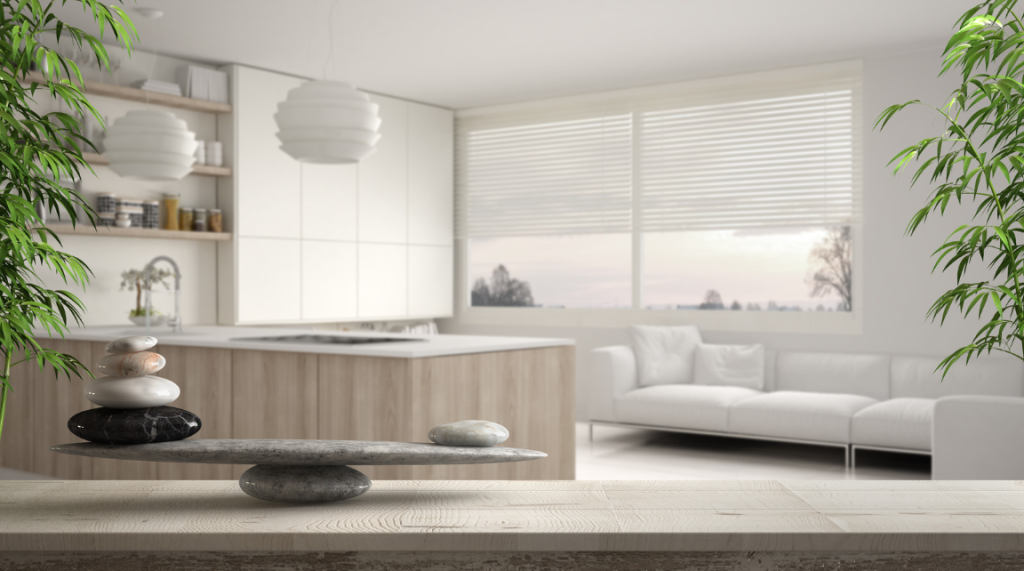In a world where balance and harmony are highly sought after, the ancient practices of Vaastu Shastra and Feng Shui have gained significant attention. Rooted in Indian and Chinese traditions respectively, these practices offer unique insights into creating a harmonious living space that resonates with positive energy. In this article, we’ll delve into the principles of Vaastu and Feng Shui, exploring how they can help you achieve a balanced and tranquil home environment.

Understanding Vaastu Shastra:
Vaastu Shastra is an ancient Indian architectural and design philosophy that revolves around the idea of cosmic harmony. According to Vaastu, the layout and design of a home can influence the flow of energy, impacting the overall well-being and prosperity of its inhabitants. Here are some key principles of Vaastu:
- Orientation: Vaastu emphasizes aligning your home with the cardinal directions (north, south, east, west) to harness positive energies and cosmic forces.
- Five Elements (Pancha Bhoota): Earth, water, fire, air, and space are the fundamental elements in Vaastu. Balancing these elements in different areas of your home is believed to enhance harmony.
- Entrance Placement: The main entrance’s location is crucial; it should be in harmony with the direction and elements of the plot. It’s also advised to avoid obstructions near the entrance.
- Rooms and Zones: Each part of the home is associated with specific functions and elements. For example, the kitchen is linked to the fire element, while the bedroom is connected to water. Maintaining this balance is essential.
Exploring Feng Shui:
Feng Shui, originating from China, is another ancient practice that focuses on arranging the environment to harmonize the flow of energy, known as “Qi” or “Chi.” The goal is to create an environment that supports well-being, prosperity, and positive energy. Here are some Feng Shui principles:
- Bagua Map: The Bagua map divides your home into nine areas, each representing a different aspect of life, such as wealth, love, career, and health. Balancing these areas can lead to a harmonious life.
- Flow of Energy: Clutter impedes the flow of positive energy. Keeping your space organized and clutter-free allows for better energy circulation.
- Five Elements (Wu Xing): Similar to Vaastu, Feng Shui also emphasizes the balance of five elements: wood, fire, earth, metal, and water. Each element corresponds to different colors and shapes, influencing the energy in a space.
- Chi Enhancers: Feng Shui incorporates objects and symbols, such as mirrors, crystals, and plants, to enhance positive energy flow and counteract negative influences.
Harmonizing Your Home’s Energy with Vaastu and Feng Shui:
- Combine Wisdom: While Vaastu and Feng Shui come from different cultural backgrounds, they share the common goal of creating balance and harmony. Combining elements from both practices can lead to a more comprehensive approach.
- Declutter and Organize: The first step is to declutter and organize your space. Clearing out unnecessary items allows positive energy to flow freely.
- Natural Light and Ventilation: Both practices emphasize the importance of natural light and proper ventilation. These factors invigorate the energy within your home.
- Personalization: Tailor the principles to your preferences and lifestyle. The essence of Vaastu and Feng Shui lies in adapting them to your unique circumstances.
Conclusion:
Creating a harmonious living environment is a universal desire, transcending cultural boundaries. Vaastu Shastra and Feng Shui offer time-tested principles to achieve just that. By understanding and integrating the wisdom of these practices, you can create a home that not only reflects your personal style but also resonates with positive energy, fostering well-being and prosperity in your life. Embrace the journey of harmonizing your home’s energy and unlocking its full potential.
